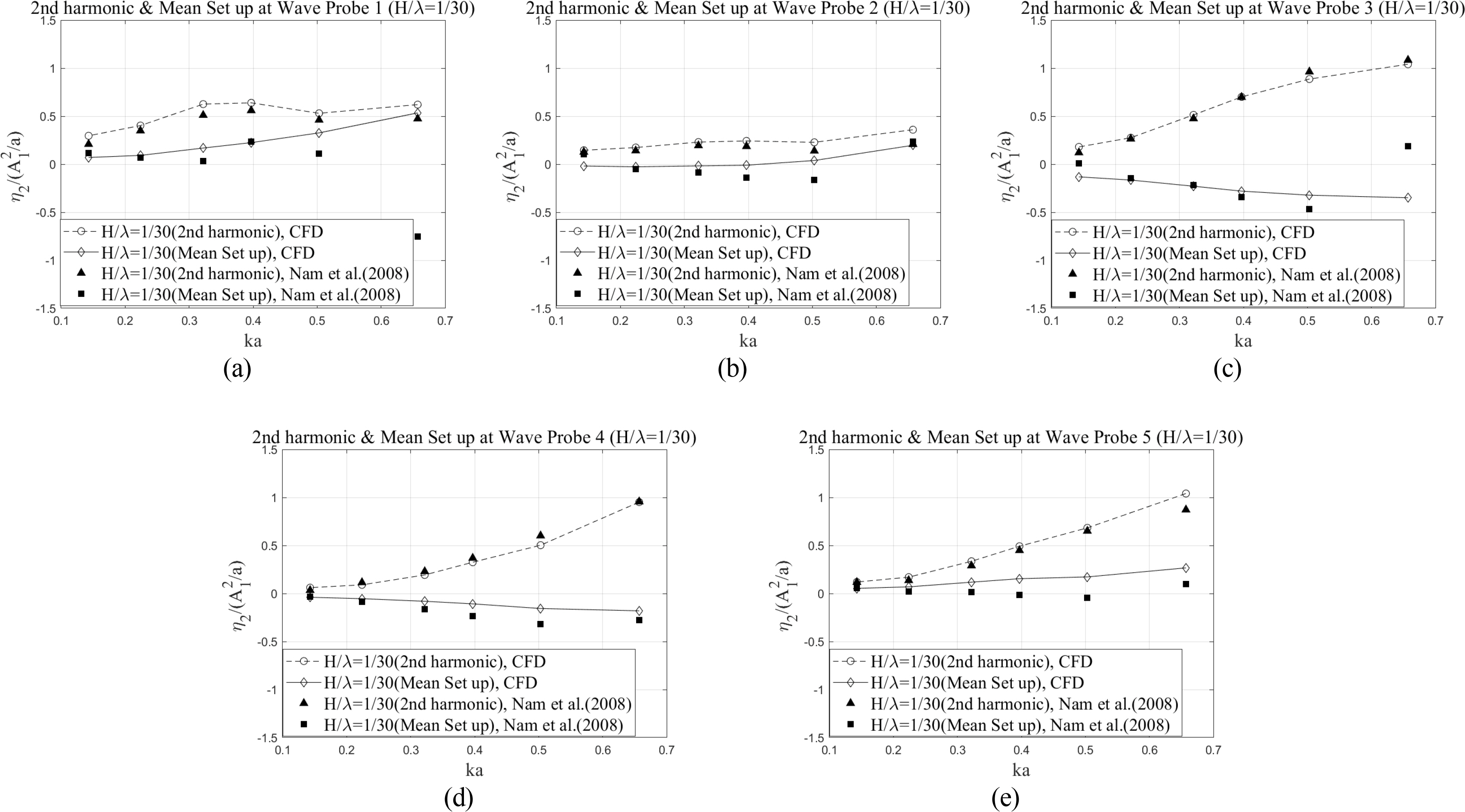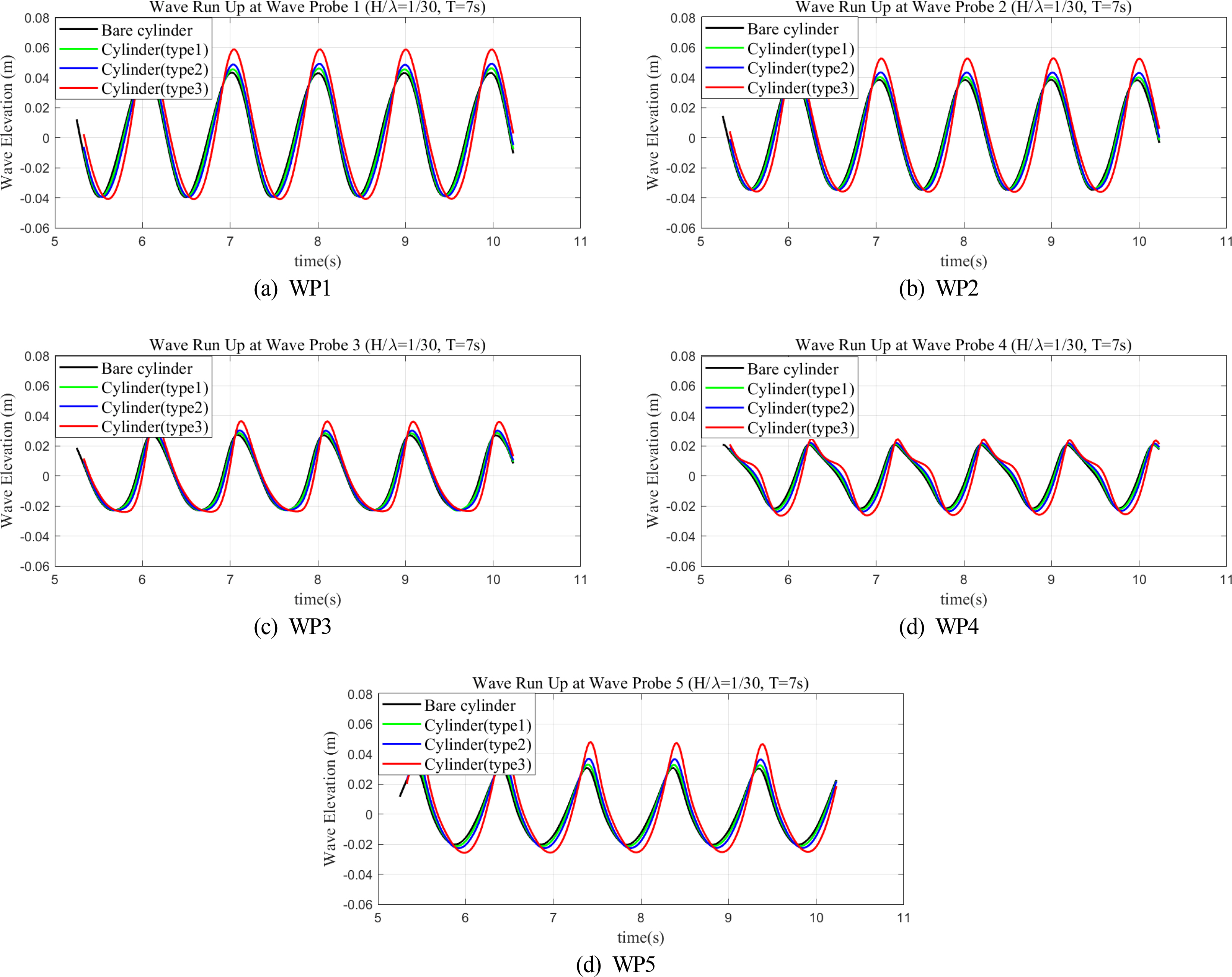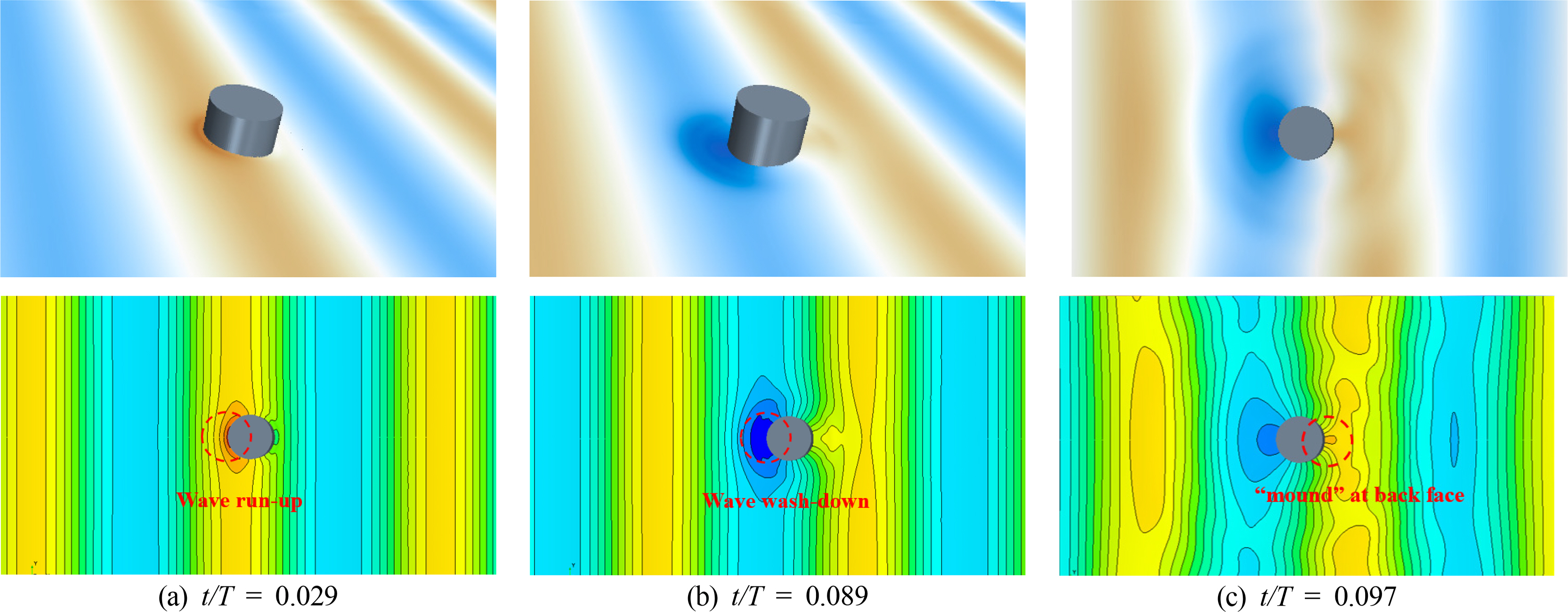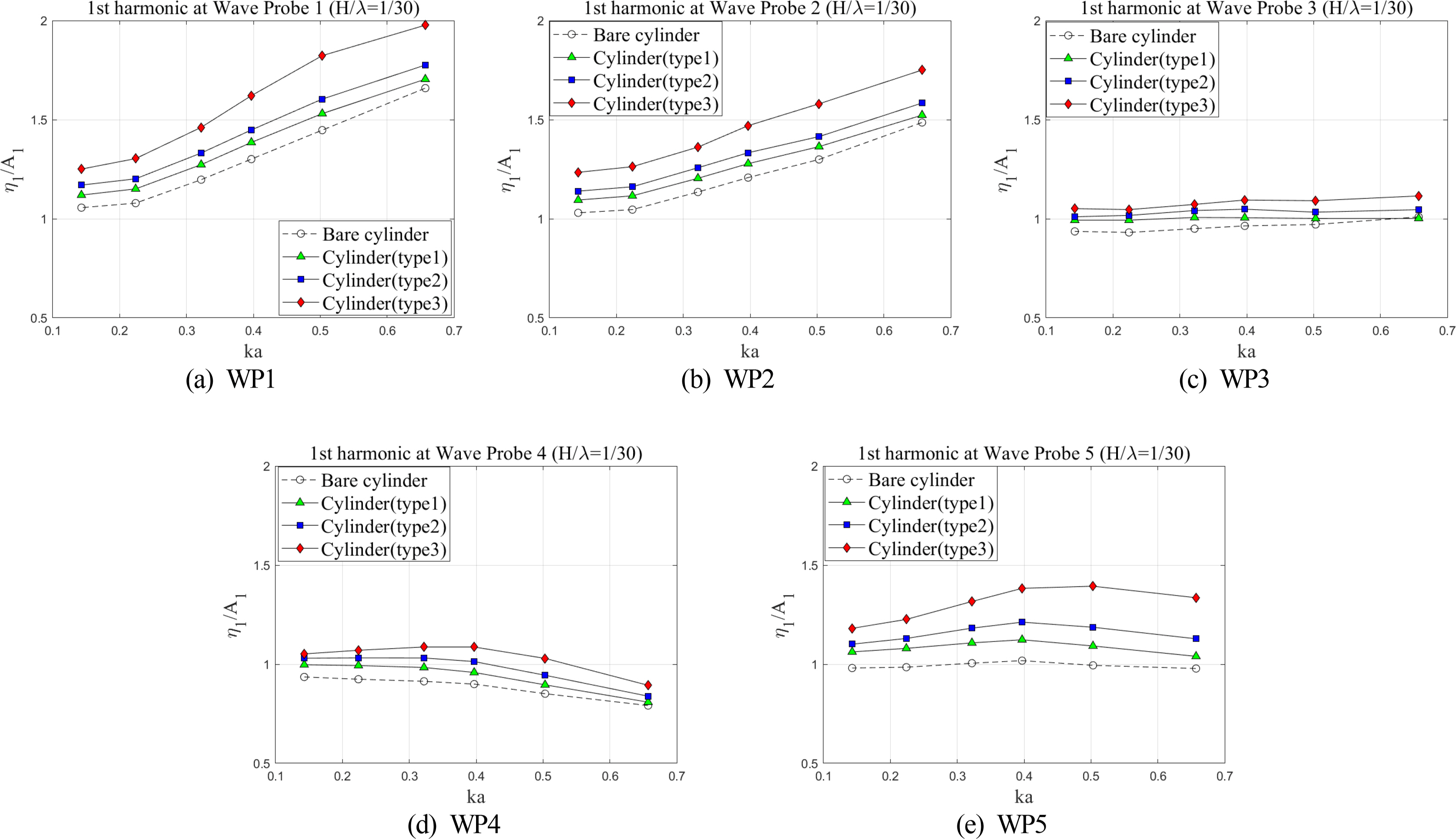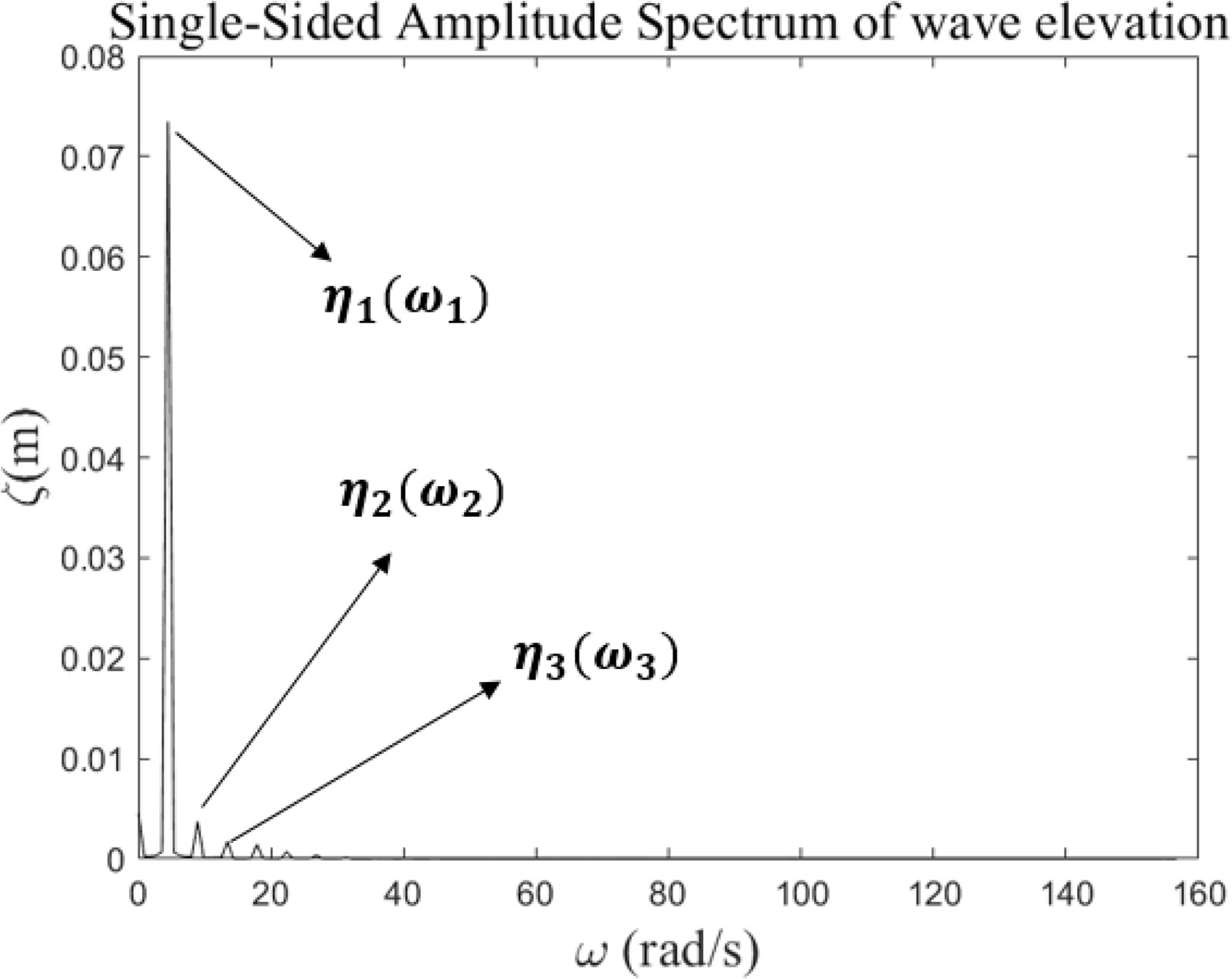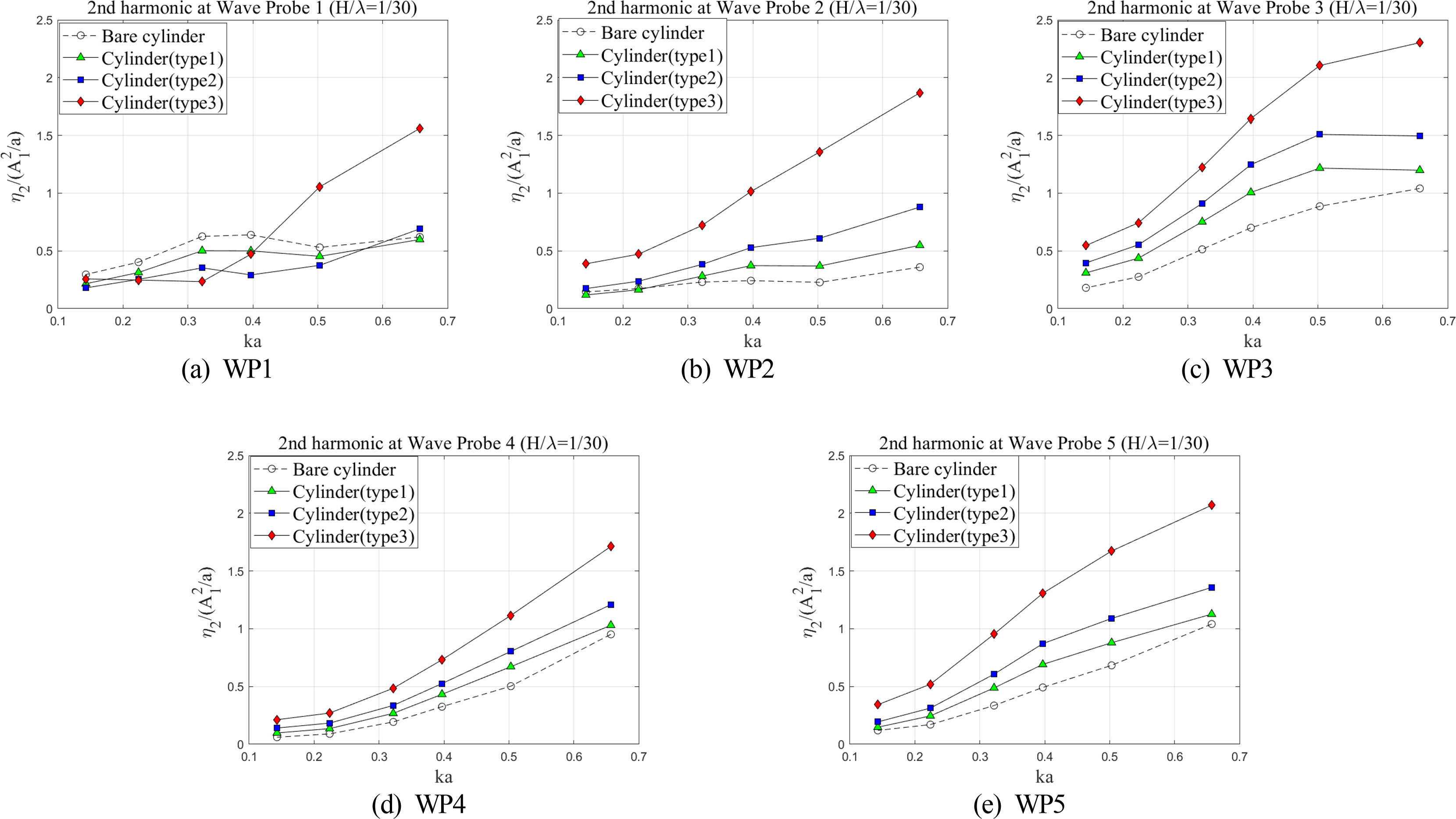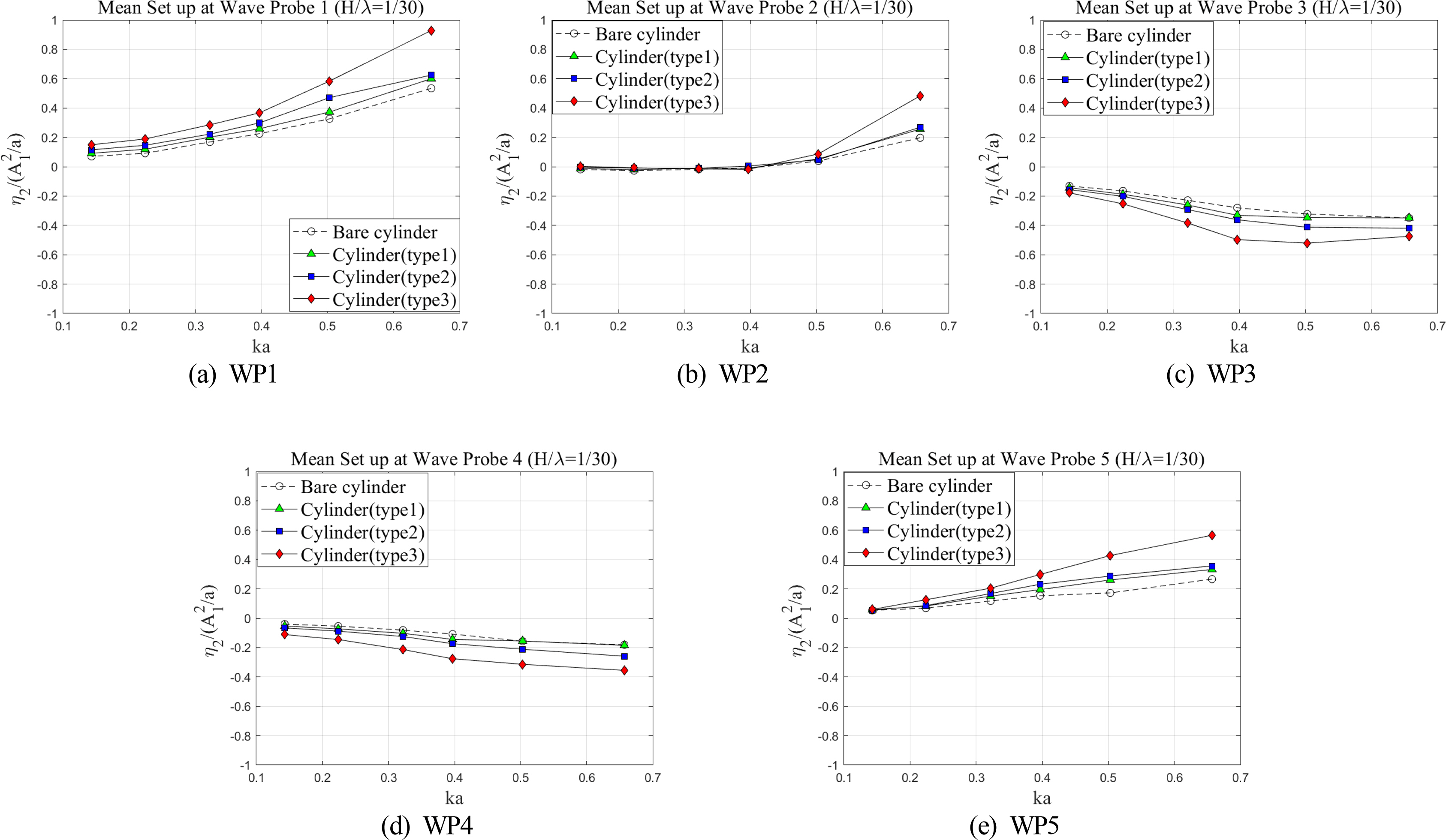American Institute of Aeronautics and Astronautics (AIAA). (1998). AIAA guide for the verification and validation of computational fluid dynamics simulations, AIAA.
American Petroleum Institute. (API). (2001). Recommended practice for planning, designing, and constructing floating production systems, American Petroleum Institute.
DNV GL. (2015). Recommended practices (RP) “Column-Stabilised Units” (DNVGL-RP-C103).
Havelock, T. H. (1940). The pressure of water waves upon a fixed obstacle.
Proceedings of the Royal Society of London. Series A Mathematical and Physical Sciences,
175(963), 409-421.
https://doi.org/10.1098/rspa.1940.0066

Kim, J., Jaiman, R., Cosgrove, S., & O’Sullivan, J. (2011). Numerical wave tank analysis of wave run-up on a truncated vertical cylinder.
Proceedings of International Conference on Offshore Mechanics and Arctic Engineering, 805-814.
https://doi.org/10.1115/OMAE2011-50283

Koo, B. G., Park, D. W., & Paik, K. J. (2014). A study on wave run-up height and depression depth around air-water interface-piercing circular cylinder.
Journal of the Korean Society of Marine Environment & Safety,
20(3), 312-317.
https://doi.org/10.7837/kosomes.2014.20.3.312

MacCamy, R. C., & Fuchs, R. A. (1954). Wave forces on piles: a diffraction theory. No. 69 US Beach Erosion Board.
Mohseni, M., Esperanca, P. T., & Sphaier, S. H. (2018). Numerical study of wave run-up on a fixed and vertical surface-piercing cylinder subjected to regular, non-breaking waves using OpenFOAM.
Applied Ocean Research,
79, 228-252.
https://doi.org/10.1016/j.apor.2018.08.003

Morris-Thomas, M. T., & Thiagarajan, K. P. (2004). The run-up on a cylinder in progressive surface gravity waves: harmonic components.
Applied Ocean Research,
26(3–4), 98-113.
https://doi.org/10.1016/j.apor.2004.11.002

Musial, W., Spitsen, P., Duffy, P., Beiter, P., Shields, M., Hernando, D. M., Hammond, R., Marquis, M., King, J., & Sriharan, S. (2023).
Offshore wind market report: 2023 edition. United States.
https://doi.org/10.2172/1997466
Nam, B. W., Sung, H. G., Kim, Y. S., & Hong, S. Y. (2008). Experiments second-order computations for run-up around a truncated cylinder in waves. Journal of Ships & Ocean Engineering, 46, 43-52.
Omer, G. C Jr., & Hall, H. H. (1949). The scattering of a tsunami by a cylindrical island.
Bulletin of the Seismological Society of America,
39(4), 257-260.
https://doi.org/10.1785/BSSA0390040257

Perić, R., & Abdel-Maksoud, M. (2018). Analytical prediction of reflection coefficients for wave absorbing layers in flow simulations of regular free-surface waves.
Ocean Engineering,
147, 132-147.
https://doi.org/10.1016/j.oceaneng.2017.10.009

Roache, P. J. (1994). Perspective: A method for uniform reporting of grid refinement studies.
Journal of Fluids Engineering,
116(3), 405-413.
https://doi.org/10.1115/1.2910291

Robertson, A., Jonkman, J., Masciola, M., Song, H., Goupee, A., Coulling, A., & Luan, C. (2014). Definition of the semi-submersible floating system for phase II of OC4 (No. NREL/TP-5000-60601). National Renewable Energy Lab. (NREL), Golden, CO.
Roddier, D., Cermelli, C., Aubault, A., & Weinstein, A. (2010). WindFloat: A floating foundation for offshore wind turbines.
Journal of renewable and sustainable energy,
2(3), 033104.
https://doi.org/10.1063/1.3435339

Swan, C., Masterton, S., Sheikh, R., & Cavalletti, A. (2005) January. Wave forcing and wave scattering from a vertical surface-piercing cylinder.
Proceedings of the International Conference on Offshore Mechanics and Arctic Engineering.
41960: 571-580.
https://doi.org/10.1115/OMAE2005-67158



